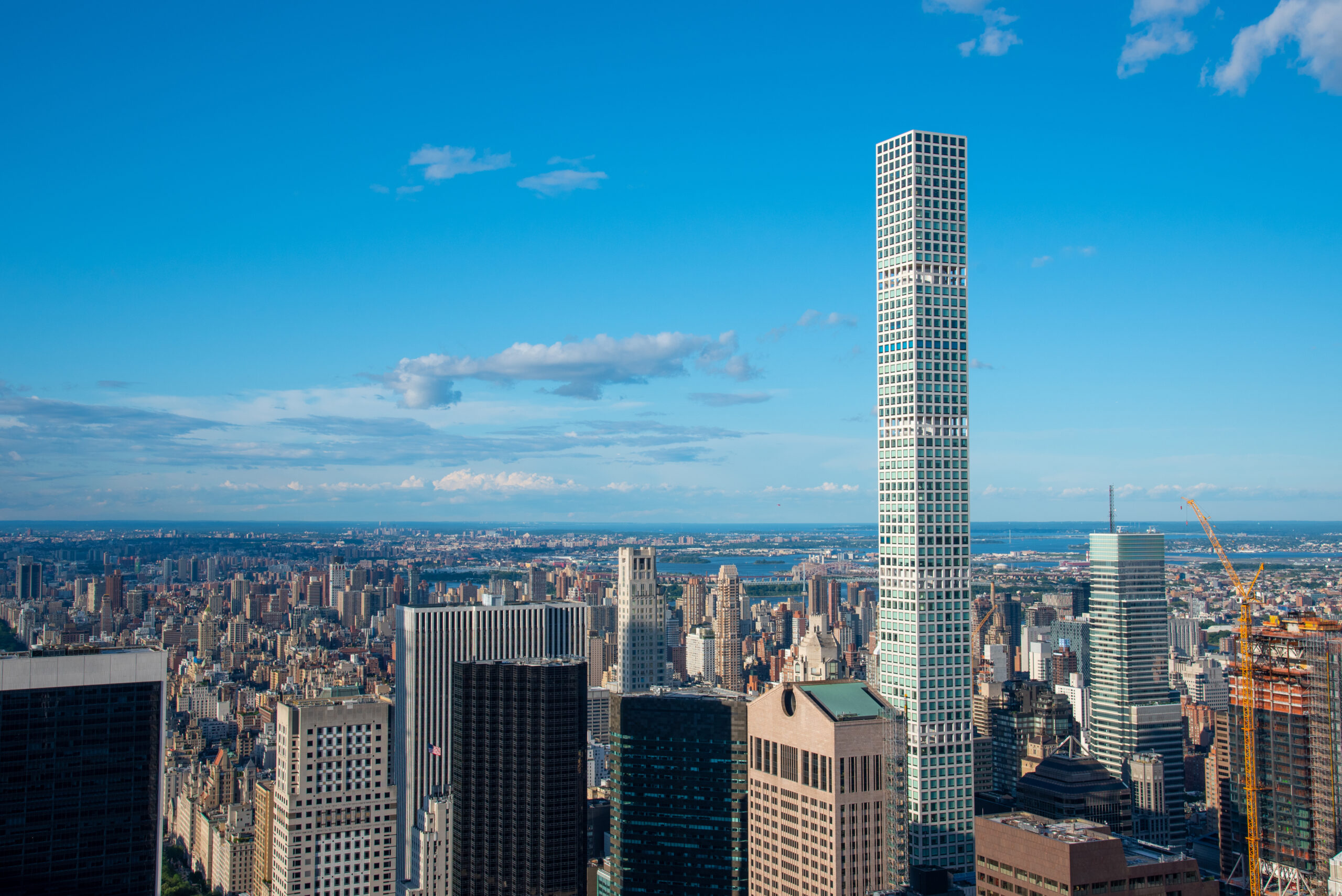Director of RqMA Architecture + Design
The field of architecture has always been viewed as one of the most respected and revered professions around the world. It has, for long, been known for its emphasis on its core values such as functionality, aesthetics, durability, and sustainability, all of which are essential elements that help create a structure that is not only evocative but also functional and efficient. Over the years, these values seem to be slowly degrading, as architects and clients chase after an image rather than true architectural innovation. This redefinition of these expectations from architecture has trivialized the profession at a very basic level. The iconic has become the obsession of contemporary architecture, and architects are more focused on creating structures that are visually striking and impressive, mostly through bland two-dimensional façade patterns rather than innovating the conditions inside the building. In recent years, we have seen the construction of buildings that are tall, curved, twisted, and sometimes even defy the laws of gravity.
The pursuit of iconic architecture is not a new concept. The Eiffel Tower, the Taj Mahal, and the Sydney Opera House are all examples of iconic and functional architecture that have stood the test of time. However, today, architects compromise, and often forget, the fundamental principles of architecture, and in turn this has resulted in the construction of buildings that are often criticized for their impracticality, lack of functionality, and their disregard for the environment. This degradation of architecture needs to be examined and focus brought back towards creating structures that are both iconic and innovative.
Some of the key factors affecting this process stem from early stages of the project. A key preamble of architecture is first established, which then becomes the driving force of the design. However, unlike times past, there is always a heavy time constraint on architects these days. Processes that usually take months for a concept design, are demanded in weeks and often leads to the quick production of a supposedly innovative and often recycled image of the building, leaving little room for architectural quality.
But we have seen that buildings that are designed with functionality and sustainability in mind are more user-friendly, require less maintenance, and are more cost-effective to operate. It is the responsibility of architects to design structures that are not only useful and sustainable but also innovative stretching the limits of what is conceivable.
The iconic has become the obsession of contemporary architecture, and architects are more focused on creating structures that are visually striking and impressive
In pursuit of innovation
For a constructed environment to be both useful and sustainable, innovation in design is crucial. In order to advance the field of architecture, architects must be open to experimenting with materials, construction techniques, and upcoming cutting-edge technology, perhaps borrowed from other fields.
A number of problems might arise from shorter design timelines and heavily constrained design fees for architecture, and it is a worrying trend. It leaves the architects with not enough time or the budget to thoroughly investigate and assess the location and its context, leading to design that is inappropriate for the area. A hurried design approach may also result in mistakes or omissions, which may need expensive revisions or construction delays. A rushed schedule could also make it difficult for the architect, the client, and other stakeholders to work together effectively, leading to design that doesn’t satisfy everyone’s requirements. The result – a degrade in the final product’s quality and a structure that fails to serve the intended function. The saving grace for the design becomes the outer visual effect on passersby, rather than the emphasis on making the building appropriate for users.
Architecture takes time. The final set of drawings is the final iteration of a process that goes through hundreds of different problem-solving steps to fulfill requirements, expectations and vision of both the architect and the client. It will take a coordinated effort by architects, clients, and the public to restore architecture in today’s environment.
Focus on function and sustainability: Architects should prioritize creating sustainable (an ever-increasing demand) and functional structures that have minimal negative impact on the environment and it begins with a thoughtful and thorough research-oriented process.
Embrace innovation: Architects must be open to experimenting with new tools, materials and techniques. There are breakthrough ideas coming up every day. We need to be mindful of its potential uses and learn to mold them to suit our requirements.
Foster collaboration: Architects should collaborate closely with clients, engineers, and other experts to ensure that everyone involved in the project is pursuing the same objectives. Architecture is a profession that is an amalgamation of engineering and human sciences and needs to be treated as such.
Educate the public: Public awareness of the value of architecture and the built environment, and how it affects our daily lives can contribute to the growth of the market for well-designed structures, and an understanding of the same.
Support regulation: Governments and regulatory organizations can help ensure building standards and regulations can be formulated and implemented to guarantee structures that meet particular requirements and advance excellent design.
Design with a Holistic view: There must be a vision that encompasses the structure’s engineering, interior architecture, landscaping, the wider urban networks and more importantly the experiential factor. The word “human-centric” requires considering all factors of the user’s experience.
To be clear, I’m not making a case against landmark buildings. What I would like to stress is that we must engage architecture that is not only evocative, but also pushes the boundaries of innovations in the field. We must add value to the built environment on all fronts simply by placing the user as the pivotal focus of any project. If we make the journey towards a holistic and innovative built environment, the iconic will naturally follow.
Rashiq Muhamadali is an architect and interdisciplinary designer with a primary focus on architecture and the built environment. Through a research-oriented process, rooted in emergent technologies and parametric design practices, Rashiq strives towards human-centered design. A graduate from the Architectural Association in London with a Masters degree in Architecture and Urbanism, his professional experience spans two decades, across five countries.



